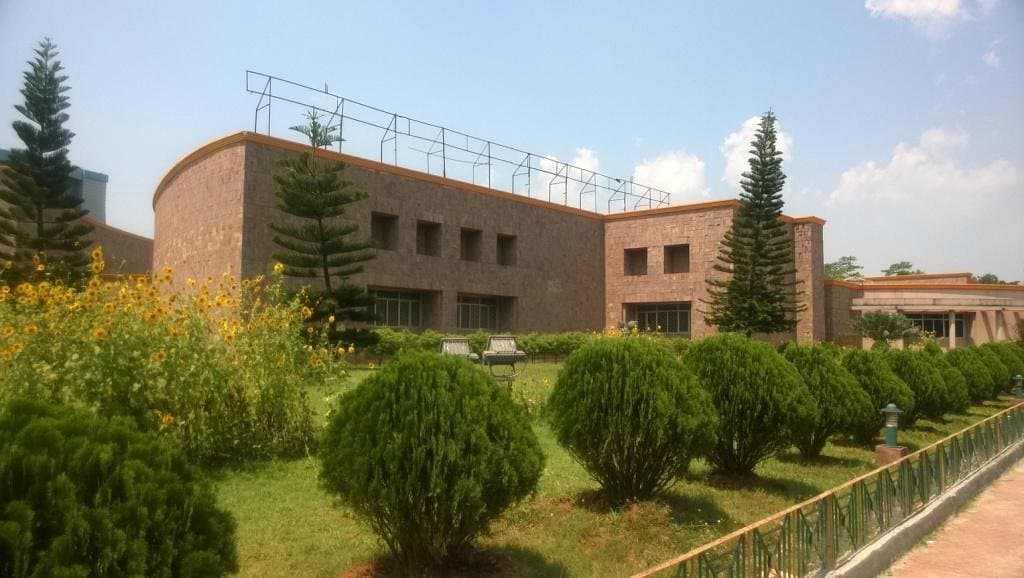
Regional Museum of Natural History
Discover Odisha's rich biodiversity and natural wonders through impressive skeletons, interactive exhibits, and a unique garden for the visually impai...
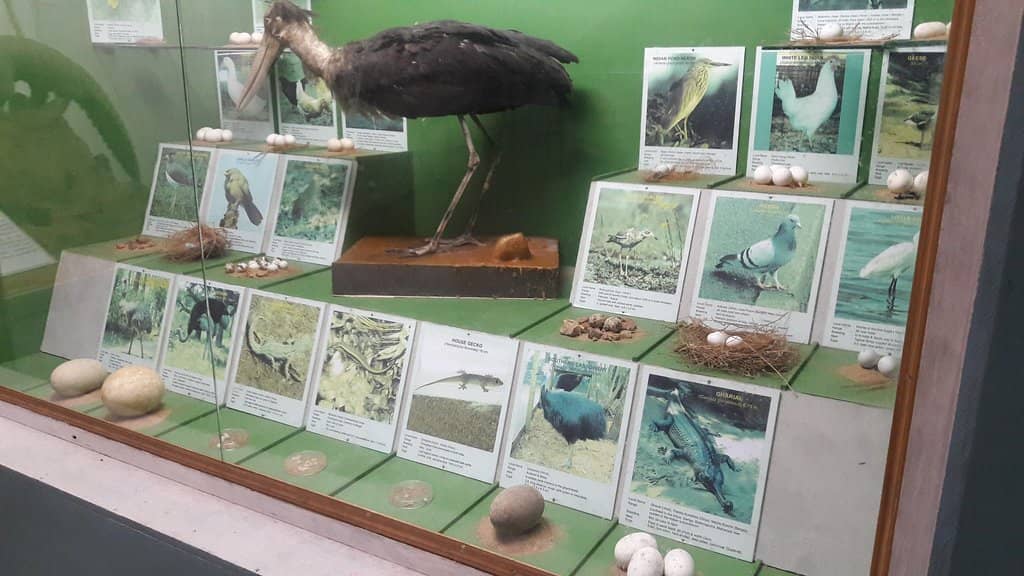
Highlights
Must-see attractions
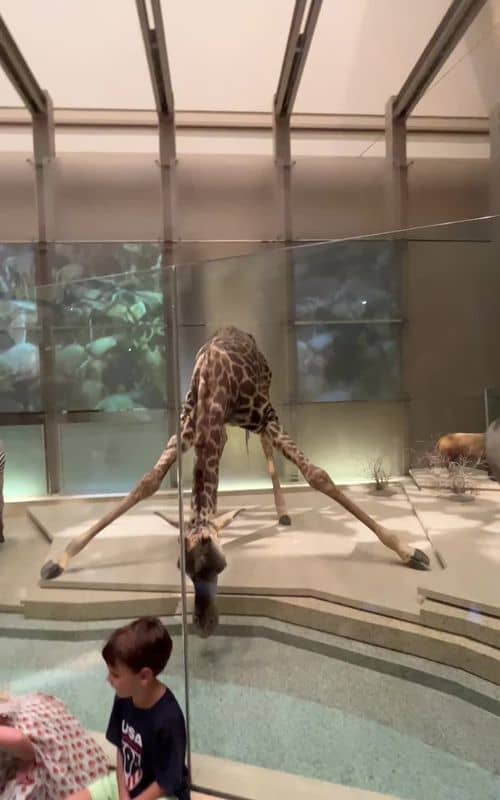
Social
From TikTok & Reddit
Best Time
Fewer school groups

Regional Museum of Natural History
Best Time
Fewer school groups

Highlights
Must-see attractions
Discover Odisha's rich biodiversity and natural wonders through impressive skeletons, interactive exhibits, and a unique garden for the visually impaired.
"A free, educational gem with awe-inspiring skeletons and engaging displays for all ages."
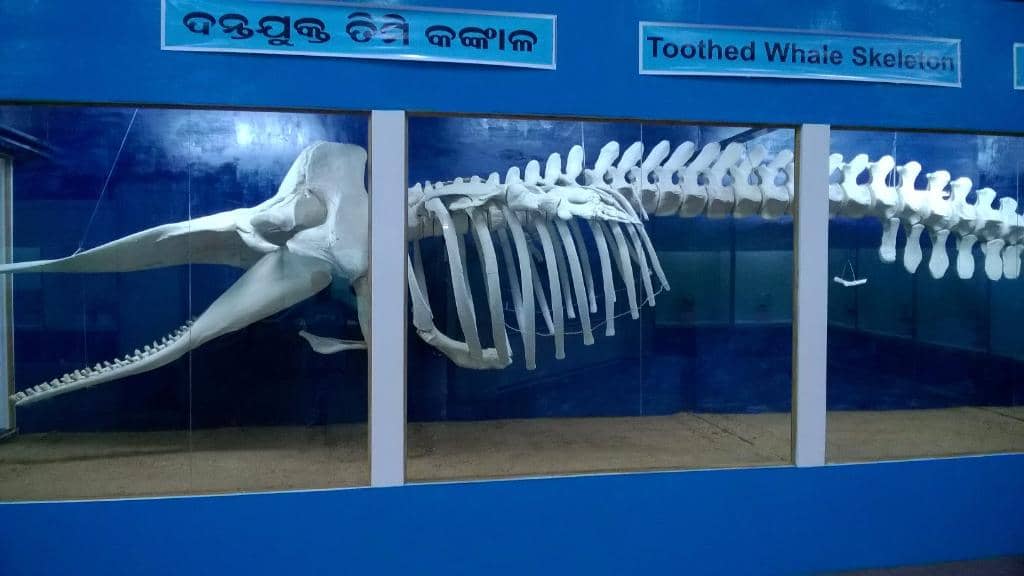
🎯 Free Admission!
Enjoy a wealth of knowledge without spending a rupee. Perfect for budget travelers!
👟 Wear Comfortable Shoes
You'll be doing a lot of walking to see all the amazing exhibits.
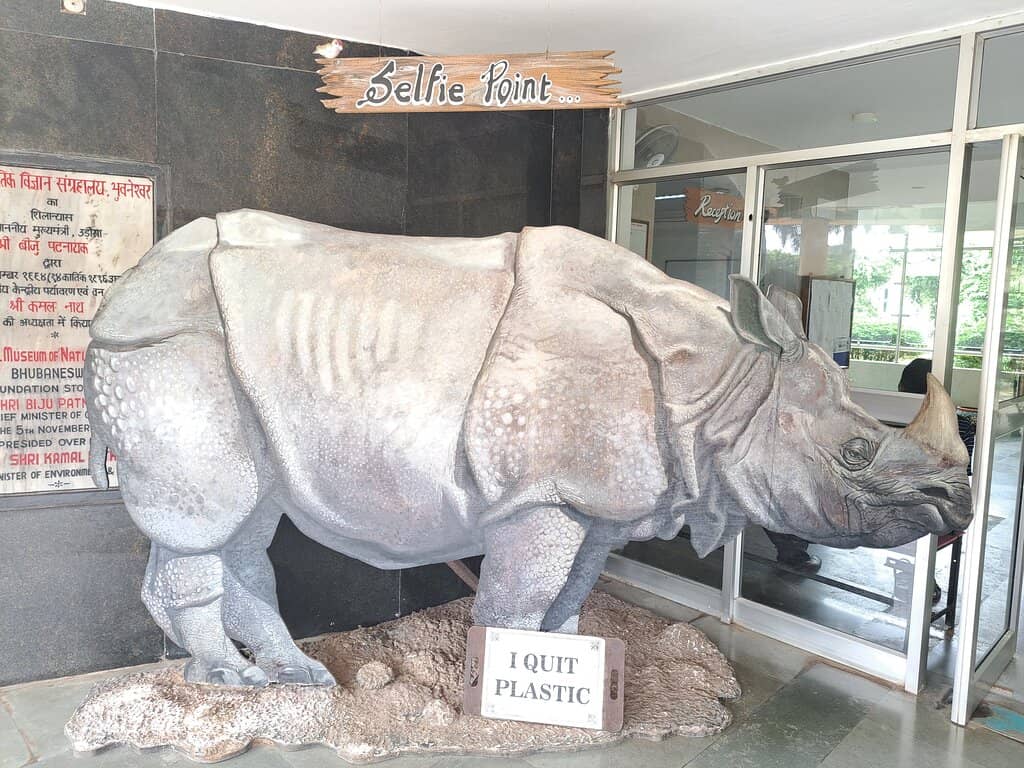
Highlights
Discover the most iconic attractions and experiences
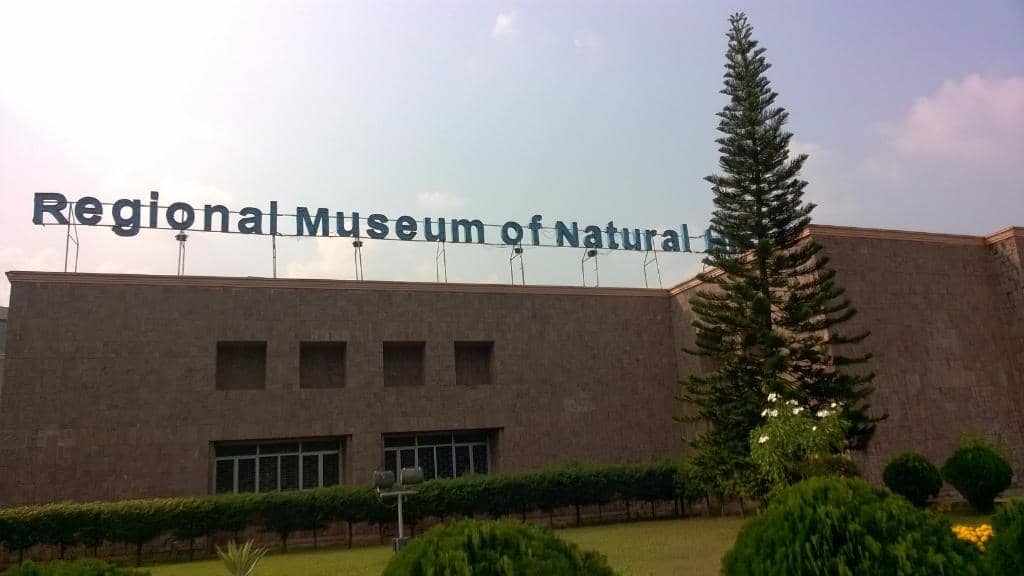
Giant Whale Skeleton
Main Hall
Marvel at one of India's largest Baleen whale skeletons, a truly awe-inspiring sight.
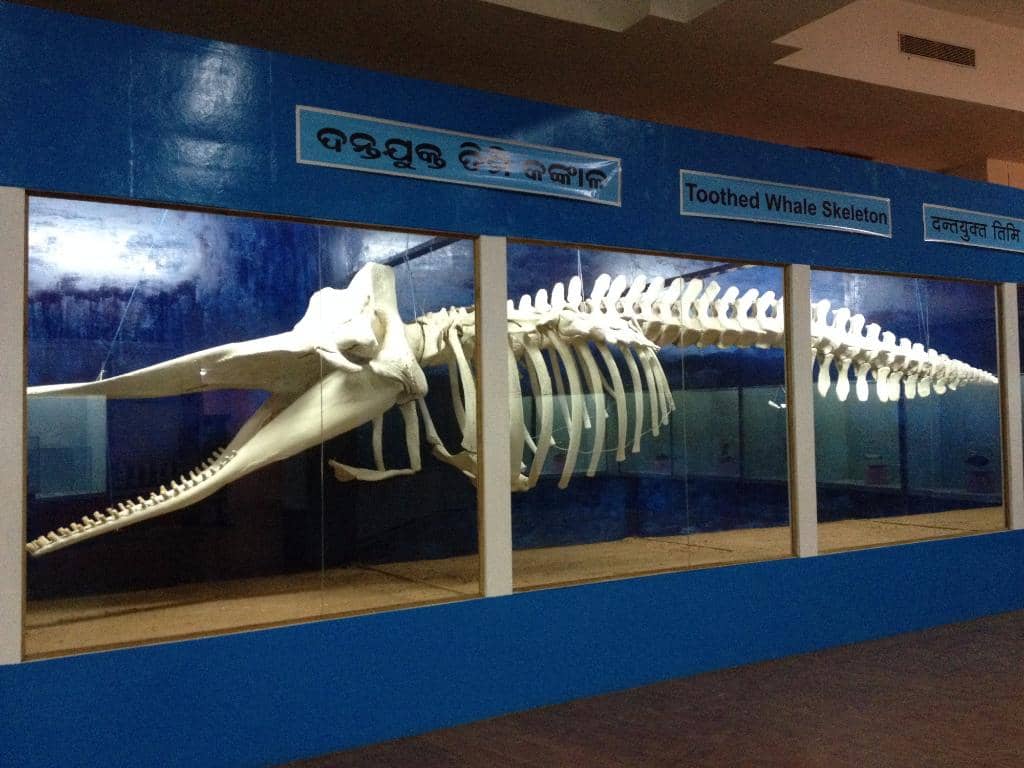
Biodiversity Galleries
Various Halls
Explore rich collections showcasing flora and fauna from Odisha, India, and Africa.
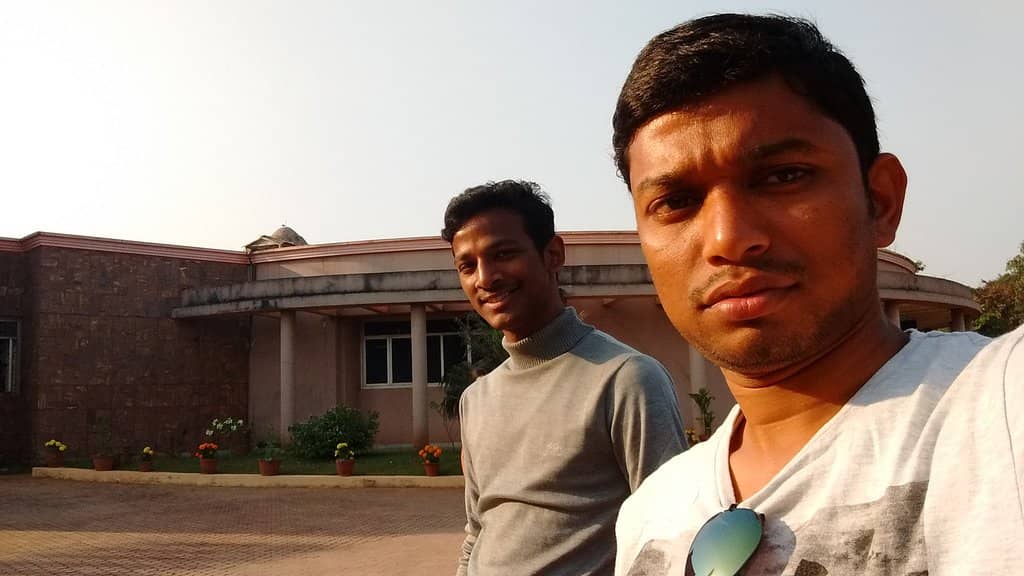
Interactive Discovery Rooms
Children's Area
Engage young minds with hands-on activities focused on nature and conservation.
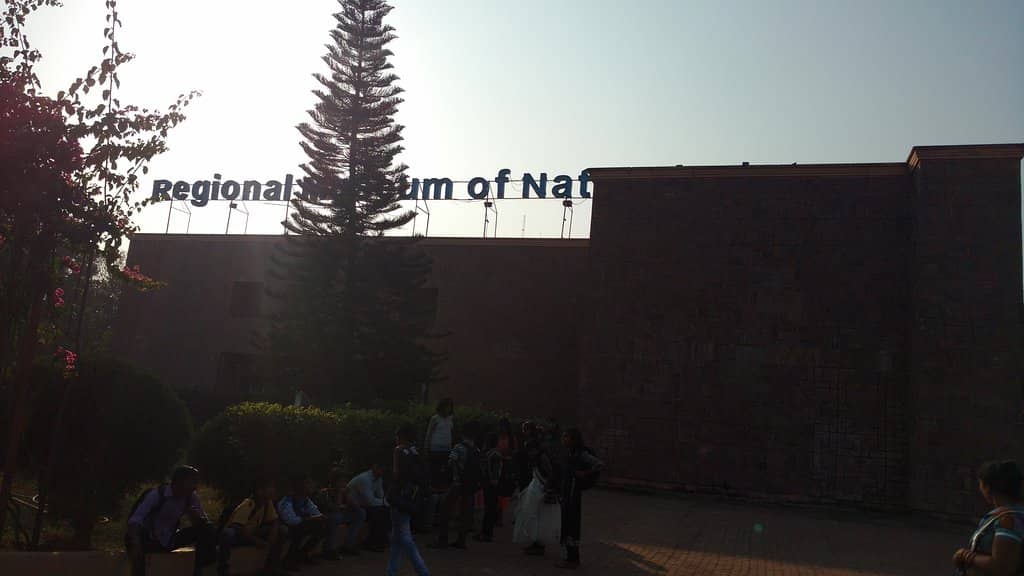
Botanical Garden for Visually Impaired
Outdoor Area
A unique sensory garden designed for an accessible and immersive nature experience.
Plans like a pro.
Thinks like you
Planning Your Visit
Free Entry, Big Impact
Best for Curious Minds
Best Times
Insider Tips
from TikTok, Instagram & Reddit
🎯 Free Admission!
Enjoy a wealth of knowledge without spending a rupee. Perfect for budget travelers!
👟 Wear Comfortable Shoes
You'll be doing a lot of walking to see all the amazing exhibits.
⏳ Allow Ample Time
Plan for at least 2-3 hours to fully appreciate the displays.
📸 Capture the Skeletons
The large animal skeletons are a must-see and great for photos.
Tips
from all over the internet
🎯 Free Admission!
Enjoy a wealth of knowledge without spending a rupee. Perfect for budget travelers!
👟 Wear Comfortable Shoes
You'll be doing a lot of walking to see all the amazing exhibits.
⏳ Allow Ample Time
Plan for at least 2-3 hours to fully appreciate the displays.
📸 Capture the Skeletons
The large animal skeletons are a must-see and great for photos.
🧒 Kid-Friendly Fun
Interactive rooms make learning fun for children.
What Travellers Say
Reviews Summary
Visitors consistently praise the Regional Museum of Natural History for its free entry and impressive collection, especially the large animal skeletons and biodiversity exhibits. While some older reviews mention a need for exhibit updates, recent feedback highlights well-maintained displays and an engaging, educational experience for all ages, making it a highly recommended stop in Bhubaneswar.
"The Regional Museum of Natural History in Bhubaneswar is a worthwhile, free-to-enter destination, especially for families and students, offering an informative and engaging look at the region's biodiversity through exhibits like large animal skeletons (including whales), stuffed animals, fossils, and geological displays. While some older reviews suggest exhibits could use an upgrade, recent visitors praise its well-maintained displays and peaceful atmosphere. Located next to the planetarium, it's a great spot to spend a few hours learning about local flora and fauna and the importance of conservation.
What to See & Do
Impressive Skeletons:
Marvel at the life-size skeletons of large animals like elephants and whales, which are a major highlight.
Stuffed Animals & Specimens:
Explore a diverse collection of stuffed birds, mammals, reptiles, and insects, as well as specimens preserved in jars.
Fossil & Geological Exhibits:
Discover fossils and rocks that showcase the geological history of the area.
Regional Biodiversity:
Learn about the specific flora and fauna of Odisha, with exhibits on places like Chilika and Simlipal.
Interactive Displays:
Engage with interactive exhibits focused on ecosystems, biodiversity, and conservation efforts.
Why Visit
FREE Entry:
The museum has no entry fee, making it an excellent and accessible educational experience.
Educational Value:
It's a treasure trove of information, ideal for students and anyone interested in life sciences.
Family-Friendly:
The exhibits are captivating for children and provide a fun and informative family outing.
Conservation Awareness:
The museum aims to foster an appreciation for the natural world and promote awareness about conservation.
Tips for Your Visit
Plan for a Few Hours: You can easily spend a couple of hours exploring the museum's extensive collections.
Location: It's located next to the planetarium in Acharya Vihar, Bhubaneswar.
Check for Updates: While many recent reviews are positive, some older ones noted that exhibits could benefit from renovations."
RABISHANKAR BEHERA
"The Regional Museum of Natural History in Bhubaneswar, located near Acharya Vihar and right beside the Planetarium, is a perfect example of how wonderful and fascinating nature truly is. A single visit here not only increases your knowledge about biodiversity and ecology, but also makes you realize why conservation of nature is so important.
The museum is free to enter and offers an impressive collection of exhibits, from the giant skeleton of a Baleen whale (one of the largest in India) to skeletons of elephants, rhinoceroses, and more. There are also galleries showcasing the rich biodiversity of Odisha, Eastern and Northeastern India, the Andaman Islands, and even Africa.
For children and curious learners, the Discovery and Activity Rooms make the visit engaging and interactive. The museum is inclusive, with facilities for visually impaired visitors as well.
Personally, I felt this museum is not just a place to visit once, but a place worth coming back to again and again. Every time, you’ll find something new to learn, admire, and reflect upon.
📌 Visitor Information. 🕙 Timings: 10:00 AM – 5:00/6:00 PM
🚫 Closed on Mondays
🎟️ Entry: Free
My take: If you are in Bhubaneswar, this is one spot you simply shouldn’t miss! It’s not only educational but also inspiring in its reminder of how unique and precious our natural world is."
mini soren
"🌱 “A place worth visiting again and again – each visit reveals something new to learn, admire, and reflect upon.”
Highlights
Giant Baleen whale skeleton (one of India’s largest!)
Skeletons of elephants, rhinoceroses, and more
Galleries on:
Odisha & Eastern India
Northeast India
Andaman Islands
Africa
:
🏛️ Regional Museum of Natural History – Bhubaneswar
📍 Located near Acharya Vihar, beside the Planetarium
ℹ️ Visitor Info
🕙 Timings: 10:00 AM – 5:00/6:00 PM
🚫 Closed on Mondays
🎟️ Entry: Free"
Madhumayee Patra
What People Like
What People Dislike
Frequently Asked Questions
🚇 🗺️ Getting There
The museum is located in Bhubaneswar, Odisha, near Acharya Vihar and beside the Planetarium. You can reach it by local bus, auto-rickshaw, or taxi. Many visitors mention its convenient location next to other attractions.
While specific parking details aren't widely publicized, it's generally advisable to check with local transport options or inquire upon arrival, especially if driving.
Yes, ride-sharing apps are commonly used in Bhubaneswar and can be a convenient way to reach the museum.
Absolutely! Bhubaneswar has a good network of local buses and auto-rickshaws that can take you to the museum's vicinity.
From the railway station, you can hire a taxi or an auto-rickshaw. The journey typically takes around 30-45 minutes depending on traffic.
🎫 🎫 Tickets & Entry
The best part? Entry to the museum is completely FREE! This makes it an incredibly accessible and popular destination for everyone.
The museum is typically open from 10:00 AM to 5:00 PM or 6:00 PM. It's always a good idea to confirm the exact timings before your visit.
Yes, the Regional Museum of Natural History is closed on Mondays. Plan your visit accordingly.
No advance booking is required as entry is free. You can simply walk in during operating hours.
No special requirements are usually mentioned, but it's always good to check for any temporary guidelines or restrictions.
🎫 🧭 Onsite Experience
Highlights include a massive Baleen whale skeleton, elephant skeletons, diverse taxidermied animals, fossils, geological displays, and galleries on regional biodiversity.
Absolutely! Children love the large skeletons and the interactive Discovery and Activity Rooms designed for them.
Yes, the museum features a botanical garden specifically designed for the visually impaired, offering a tactile and sensory experience.
Most visitors recommend spending at least 2-3 hours to explore all the exhibits thoroughly.
Photography is generally allowed, especially for the impressive skeletons, but it's always best to check for any specific restrictions on flash photography or certain exhibits.
📸 📸 Photography
The giant animal skeletons, particularly the whale and elephant, are prime photography subjects. The biodiversity displays also offer visually rich backdrops.
While not explicitly stated, it's common museum etiquette to avoid flash photography, especially near delicate exhibits. Check for signage.
Short videos for personal use are usually fine, as seen in many vlogs. However, professional filming might require prior permission.
A camera with good low-light capabilities is beneficial, as some exhibit areas might be dimly lit. A wide-angle lens can be useful for capturing the scale of the skeletons.
Selfies are generally acceptable, but always be mindful of other visitors and avoid obstructing pathways or exhibits.
For Different Travelers
Tailored advice for your travel style
👨👩👧 Families with Kids
Don't miss the botanical garden for the visually impaired, which offers a unique sensory experience that all children can enjoy. The museum's focus on biodiversity and conservation also provides valuable learning opportunities for kids about the importance of protecting our planet.
📚 Students & Educators
As a free-entry institution, it's an accessible field trip destination for schools. Educators can leverage the museum's content to supplement classroom learning and foster a deeper appreciation for natural sciences. The museum's location near other attractions like the planetarium also makes it easy to plan a comprehensive educational day out.
🚶♀️ Budget Travelers
Combine your visit with other nearby free or low-cost attractions to create a full day of exploration without breaking the bank. It's a fantastic way to experience local culture and learn something new while keeping your expenses low.
Deep Dives
In-depth insights and expert knowledge
Exploring Odisha's Biodiversity
Beyond Odisha, the museum also features exhibits on the biodiversity of Northeastern India, the Andaman Islands, and even Africa. This broad scope provides a fascinating comparative look at different natural environments and the evolutionary adaptations of their inhabitants. It's a journey that highlights the interconnectedness of life across various geographical landscapes and underscores the importance of preserving these natural wonders.
These exhibits are not just static displays; they aim to educate and inspire. Through detailed information and visual representations, the museum fosters a deeper understanding and appreciation for the natural world and the critical need for conservation efforts to protect these invaluable ecosystems for future generations.
Engaging Young Minds: Interactive Learning
Visitors often highlight how these interactive elements capture children's attention and make complex topics more accessible. Whether it's through puzzles, experiments, or tactile displays, the museum strives to create a memorable educational experience. This approach is particularly effective in fostering an early interest in science and conservation among young visitors.
The museum's commitment to inclusivity is also evident, with facilities and exhibits thoughtfully arranged to be accessible and engaging for all, including a special botanical garden for the visually impaired. This ensures that the wonders of natural history can be appreciated by everyone.
The Majestic Skeletons: A Visitor Favorite
Beyond the whale, the museum also houses the skeletons of other large mammals, such as elephants and rhinoceroses. These exhibits provide a stark and educational look at the anatomy and scale of these animals, often sparking curiosity about their lives and habitats. Many visitors find these displays to be the most impactful and memorable part of their visit.
These skeletal displays serve as powerful educational tools, illustrating biological structures and evolutionary history. They are not only visually striking but also contribute significantly to the museum's mission of educating the public about the natural world and the importance of its preservation.



Social
from TikTok, Instagram & Reddit